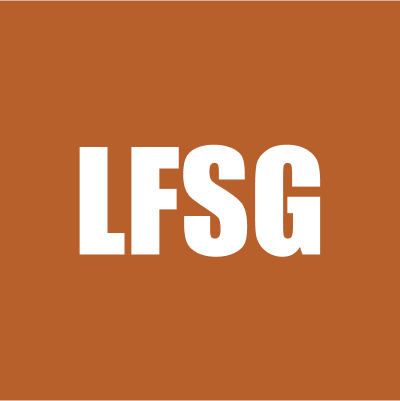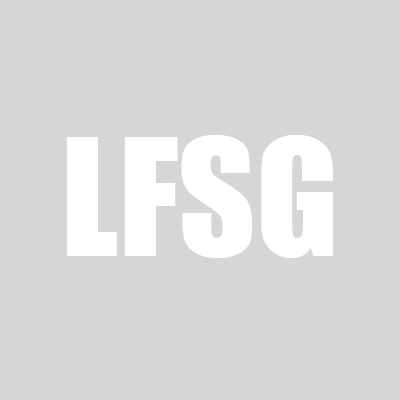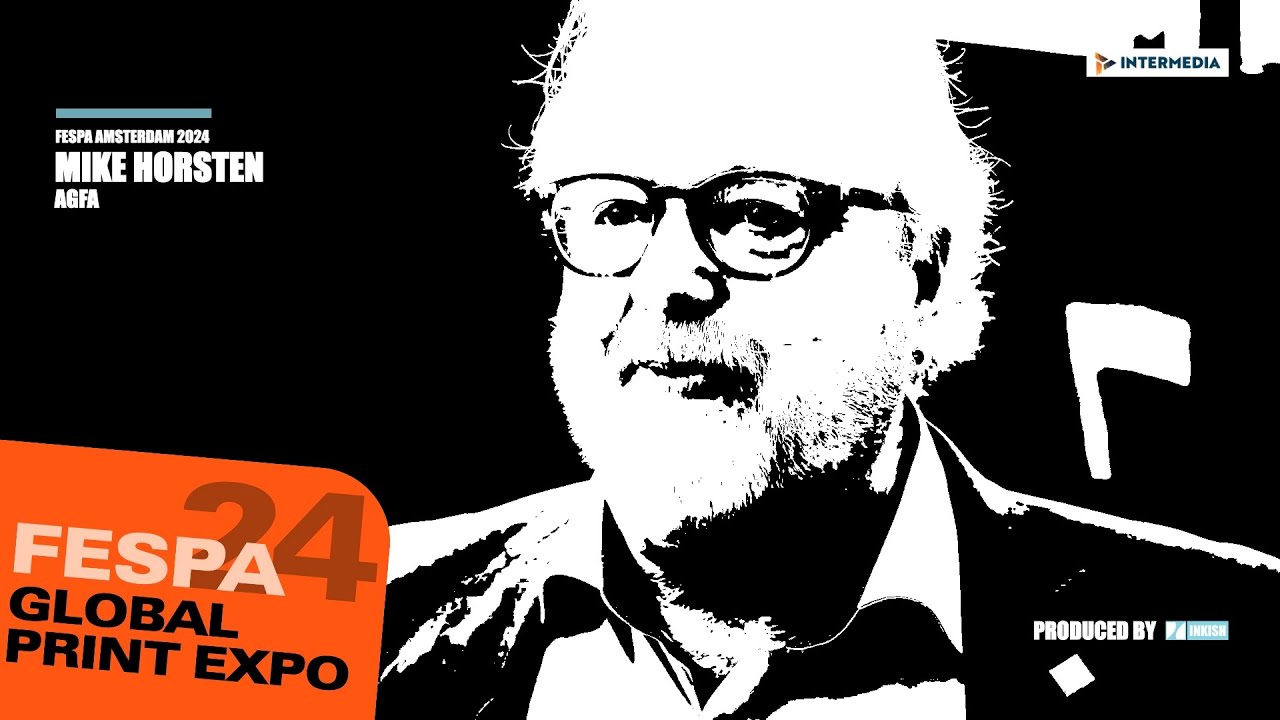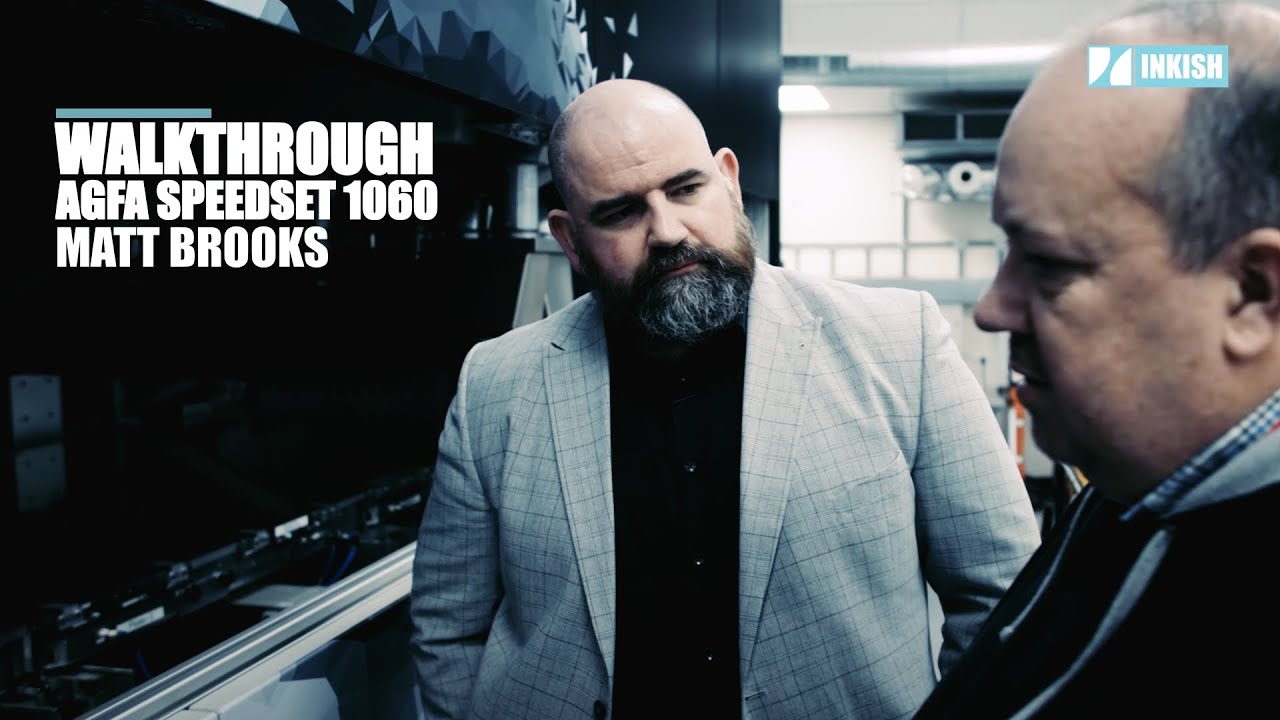Project Peacock Peeks: Agfa Graphics – Applications
See some of the print possibilities with wide format presses from Agfa Graphics. Step up your print marketing game… Peacock Long and Prosper!
***********************************
Connect with Agfa Graphics:
Request print samples from Agfa Graphics:
***********************************
Project Peacock is produced by Print Media Centr.
Connect with the Printerverse:
Project Peacock Peeks was directed, filmed and edited by Inkish.TV.
See their amazing library of films at
***********************************
Special thanks to The Association for PRINT Technologies and their support of Project Peacock Peeks. Learn more about APTECH and their programs at
***********************************
Matt Meany it is always so awesome to see you. We’re here at the AGFA Technology Center in Branchburg, New Jersey. Every time there’s a trade show, I never miss the opportunity to come to your booth and see the amazing applications that are possible with your equipment if you just look for some AGFA for stuff. So can you tell everybody first a little bit about what you do in AGFA and then let’s go through these really awesome pieces.
Sure thing Debbi and it’s always good to see you as well especially at the trade shows. I work here at the AGFA Technology Center. We support our sales staff and basically show people, we like to bring people in whenever we can. We also produce samples here, we ship them out to potential customers but we really like to get them in here and see what our equipment is capable of. So you’ll see it throughout the facility, we have all sorts of samples and displays that we like people to actually see what we can do with these machines.
It’s easy to print pretty pictures on these machines, but these machines go far beyond that. We’re able to print on things that are upwards of two inches thick. We have wadding capabilities, we have varnish. So to really be able to see what those things are capable of and what these machines are capable of, you need to see what they can produce. So that’s what we do here. We like to bring people in and show them hands-on what the machines are capable of doing.
What do you think people think of when they hear wide-format as a printing segment?
Yeah. They typically think of billboards and banners and signage and that sort of thing, and sure enough that is a big part of the industry but we go way beyond that. We can print on small little pieces and many, many little pieces. We can print on a variety materials, metals and glass and tile and wood. It’s almost endless the amount of things you can print on. So it is far beyond what most people think the wide-format industry is. It almost shouldn’t be called wide-format because, yes, the machines can print upwards of 10 feet wide but we can print small coasters and small applications like you see here on the table.
So I’m a designer, I’m a print customer and I don’t want to just print wide-format banners as you said. Like especially in the advertising agencies or the brands, they go through a creative brief where they are all deciding what the execution will be. I’m collaborating on a project, what are my opportunities? What are some of the things that we can help guide them to look for is what I’m kind of asking?
Well, I think it comes down to special effects, all the different effects you can get with the variety of options that our printers have. All of our printers have the ability to print white ink. So once you have the ability to print white, now you can start printing on almost any substrate. Put white ink down first and then colors on top of that or printing on clear materials like glass or plastics and then backing it up with white. But then when you have that white capability, you can also do what we call tactile or textured printing. So not only visual, this type of printing is not only visual, we can start to add textures with either white ink or color ink just by building up layers of ink.
So now we’re printing on different materials, different thickness materials with white ink. Now we’re talking about textures then we could even start to add clear varnishes. You’ll see that in the offset industry where they have spot varnishes where some areas of the print is matte, others are shiny or glossy only in specific areas. We could do that as well on this wide-format equipment so we can add varnishes. Again, not only just spot varnishes but we can also add multiple layers of varnishes and build up textures, and again, it all just adds dimension to what you can do. Every time you add an additional feature like a varnish and the white, it really gives your design creativity a lot more to work with.
One of the highlights of your booths when you do pull them out are the cubes and these are really love letters to all that as possible in the range of applications. In a very broad sense, let’s just go through a retail environment. What can ad for help create in a retail environment as an example?
It’s amazing, you could be in a store and just go through and go shopping and buy something and not realize how much is really around you. You are surrounded by a lot of these things, a lot of these applications. Of course, any posters or signage, backlit signage in a cosmetics area. If you’re in a cosmetics area in the mall, you’re surrounded by wide-format, backlit signage, pictures of models and that sort of thing. Typically, that’s going to be wide-format. Could be all the way down to the wallpaper. A lot of places. The flooring, there’s flooring applications, ceiling, ceiling tiles, tables. Literally, if you just spend some time and look around you, you don’t realize like it’s really everywhere. You’re surrounded by it.
As far as substrates go, that’s a real big differentiator in the wide-format arena. What can go in your machines?
That’s the amazing thing. It’s almost like what can’t go. You can print on so many different substrates and that’s the nice thing about UV, it basically sticks to just about anything. We can print upwards of two inches thick, up to 10 feet wide. So printing, again, on wood, glass, metal. Same thing, we sit there and think, what hasn’t anyone done before, let’s try it. So it’s very, very flexible as far as what you can print on.
Now, as print customers and designers, their first stop should always be their service providers who they get printing from. But if they were big, some of the people watching this are gonna be from advertising agencies who might not want to reach out to a printer immediately, does that work with brands in helping them test materials?
Absolutely. We work with all sorts of people throughout the industry. It helps us understand what the needs are for our potential customers. So yes, we work very closely with those people. We welcome people in here to the demo center to show them and spend time with them and teach them. We’re an educational center as well.
Okay, Matt. So let’s talk about some of the technologies that AGFA can help the designers and the brands out there really stand out.
So AGFA is not only a technology company but we’re also a substrate company. So we provide substrates of all sorts to printers that want to design these things. For example, this stopwatch image. This uses several different technologies. Again, AGFA supplied substrate along with some spot white capabilities and the varnish technology. So this really adds a lot of dimension and dimension are what really makes your product stand out. That’s what brand owners are looking for. How do I get my product to stand out from all those other products in our store? And things like the spot varnish or tactile printing or textured printing as we call it is one of those ways to do it.
So if you see a product that has that texture, you’re tempted to go touch that product and experience it. It’s my understanding that about 70% of people that actually pick up a product, are gonna buy that product. So it’s very important to be able to get that customer to reach in and actually touch the product. So we’re able to do that with these specialized applications.
It’s really cool. We went through the retail environment, but let’s talk about the really creative stuff that can be done in your equipment because quite frankly, that’s what I really gravitate towards in your booths and talking to you and Deborah Hutchison.
Well, I think the trade shows that we support really kind of show what things really stand out because they’re looking at all these samples and they’re looking through these giant trade show halls and there are things that stop people. There are things that we have on display that stops them in their tracks and those are the things we like to focus on. Things like lenticular printing like Spider-Man here, they’re unique. I’d be sure to bring him to every show because it literally stops people in their tracks. They look at it and go, wow, what am I looking at? How did you do that? Now, we’ve gotten them, we bring them in, we show them how we do, it’s very easy to do that. We also have the ability to or lenses. So that’s something very unique to AGFA.
That’s done to the raised texture on the machines?
It is. Yes. It’s done with the clear varnish. So you can literally come up with our own design, take our own images, build a sample or a printed piece and create. We literally print the lenses to create the three-dimensional effects, as in this smiley face or the donut image where the casino-
So the smiley is flat and then you’ve printed the lenses around him?
So the image is printed on the back, so it’s a flat image on the back and then we flip it over and literally print the lenses with clear varnish on the top acting as little magnifiers, and allowing the image to really jump off the page.
You have examples here with spot varnish on them too.
We do. We have many samples of spot varnish. You’ll see them on greeting cards or all sorts of book covers, that sort of thing, very easy to do. But again if you get creative either with the thickness, you can start to have raised spot varnishes and really give it a dimensional effect, you can get very creative. So just with a simple thing like a spot varnish, with the right creative mind, you can do a lot of amazing things really.
So to the creatives and the agencies out there who might want to start looking at creating some of these really cool applications, what are the specific AGFA presses they need to ask their print providers if they have?
So we have two primary lines of printers here at AGFA. We have our Anapurna line and our Jedi line. All of them are capable of printing white ink. So those are the kind of questions you want to ask. Can you print white ink? The answer would be yes if they have AGFA equipment. In our Anapurna line, we can print on rolls, a lot of machines can print on rolls as well as the thick region materials.
When you say rolls, that’s traditionally what we think of as banner printing, right?
Correct.
So the longer stuff like wall paper, things like that.
Right. Exactly. So that would be if you’re looking to do that type of work, you would ask if they have roll capabilities. All of our machines can print white ink, some of our Jedi line can do the spot varnishes that we talked about. So those are the things that you would want to ask the provider. So for example, this craft-beer image that we see here looks like textured print and that’s exactly what it is.
It looks like wood grain.
It does. I think a lot of the AGFA printers out there will have that creative mindset to work with you. For example, this came in as just a flat file. It was someone that was looking at our equipment and I looked at it and I said, “I think I could do something creative with this. Let’s take this to the next level.” Our equipment has the-
Literally, Matt. Literally you took it to the next level.
So what I did is some of our equipment has the ability to bump up the density levels. So I don’t need spot varnish to be able to do really creative samples like this. So we can actually literally just say, put more ink in certain areas and create that dimensional effect. That’s exactly what I did here and they absolutely loved it. It took a flat image that looked okay into something that, wow, I really want that on my-
It turned it into a conversation piece because if nothing else, you want to touch it and say what is that.
Yeah. This one stays on display all the time. So here’s another example Debbi of something that we’ve produced for one of our trade shows in this case, we’re again pushing those limits. So took a piece of plywood, came up with a design, printed it. In this case, we’re using a spot white and then just color directly on cabinet grade plywood. As soon as I finished, it immediately became apparent that it looked like wood inlay. It’s one of those things where here we are trying things and just stumbled on something that just I think jumps off the page. Really came out unique, it gets a lot of attention.
It jumps of the table Matt.
It’s right. It jumps off the table at you. Exactly. So we’re very happy with the sample and I think it came out pretty unique. Again, an example of something you can do with AGFA equipment.
Is this complicated to produce? Honestly, tell people the truth here.
Absolutely not, Debbie. I think most people tend to overthink things. I think most impactful, best graphics are the simple ones. Like this lion image, for example, all this is, is white ink on black acrylic. Very simple but beautiful.
Is that printed on two sides?
It’s not. It’s just first surface they call it.
How does it pop so much?
It’s the contrast of the nice dense white ink. Something we pride ourselves in, is having nice dense white ink. And the quality, having a crisp image makes it jump off and give you that contrast that you see here.
So overall if you were to talk to the designers and the print purchasers out there, which you are by the way, why should they look for AGFA?
We’re a solutions provider, were an educator. We provide as I mentioned materials here at AGFA as well as the software and the hardware. We literally provide everything that someone needs to produce very unique products, so I think it does make us unique. We’ve been in the business for a long time, 150 years AGFA has been around, so we have a lot of experience in the imaging industry.











































































